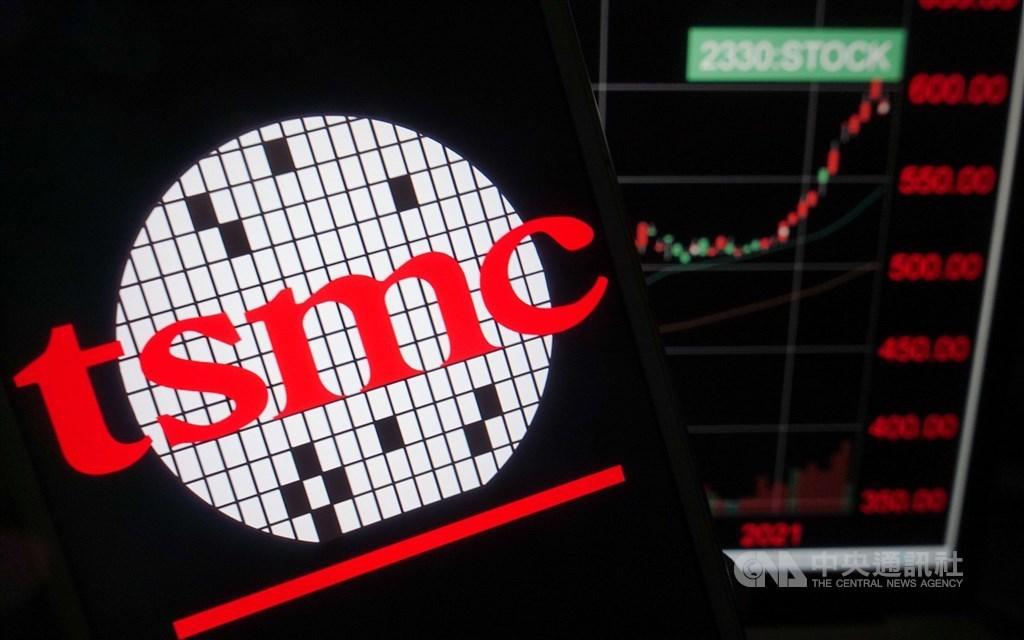China's new energy vehicle (NEV) penetration rate reached 13.4% at the end of 2021, and the number will likely surpass 15% this year, according to industry sources.
Despite challenges brought by the COVID-19 pandemic, rising raw material prices, and semiconductor component shortages, NEV sales in China went up last year, with more than 500,000 NEVs sold in December.

There are currently two main types of NEVs in China: battery electric vehicles (BEVs) and plug-in hybrid electric vehicles (PHEVs). Statistics from China Academy of Information and Communications (CAICT) show that the total NEV sales in China in 2021 had increased by nearly 160% on year to 3.52 million units, including 2.92 million units of BEVs.
While the average monthly BEV sales were between 100,000-200,000 units in the first half of 2021, the numbers rose to 448,000 units at the end of the year. Analysts said BEVs have been the main driver for growth in China's NEV penetration.
Although demand for PHEVs is significantly lower than that for BEVs, average monthly PHEV sales in the country also surged from 20,000-40,000 units in the first half of 2021 to around 80,000 units by the end of December.
Looking ahead to 2022, sources at automotive component makers expect demand for NEVs to remain strong thanks to fluctuating oil prices due to the Russia-Ukraine war. If the Chinese NEV market continues to expand at its current pace, NEV penetration in the country has a chance to reach 18% in 2022, the sources said, while acknowledging that COVID-19 lockdowns in China and automotive semiconductor shortages remain major variables.




